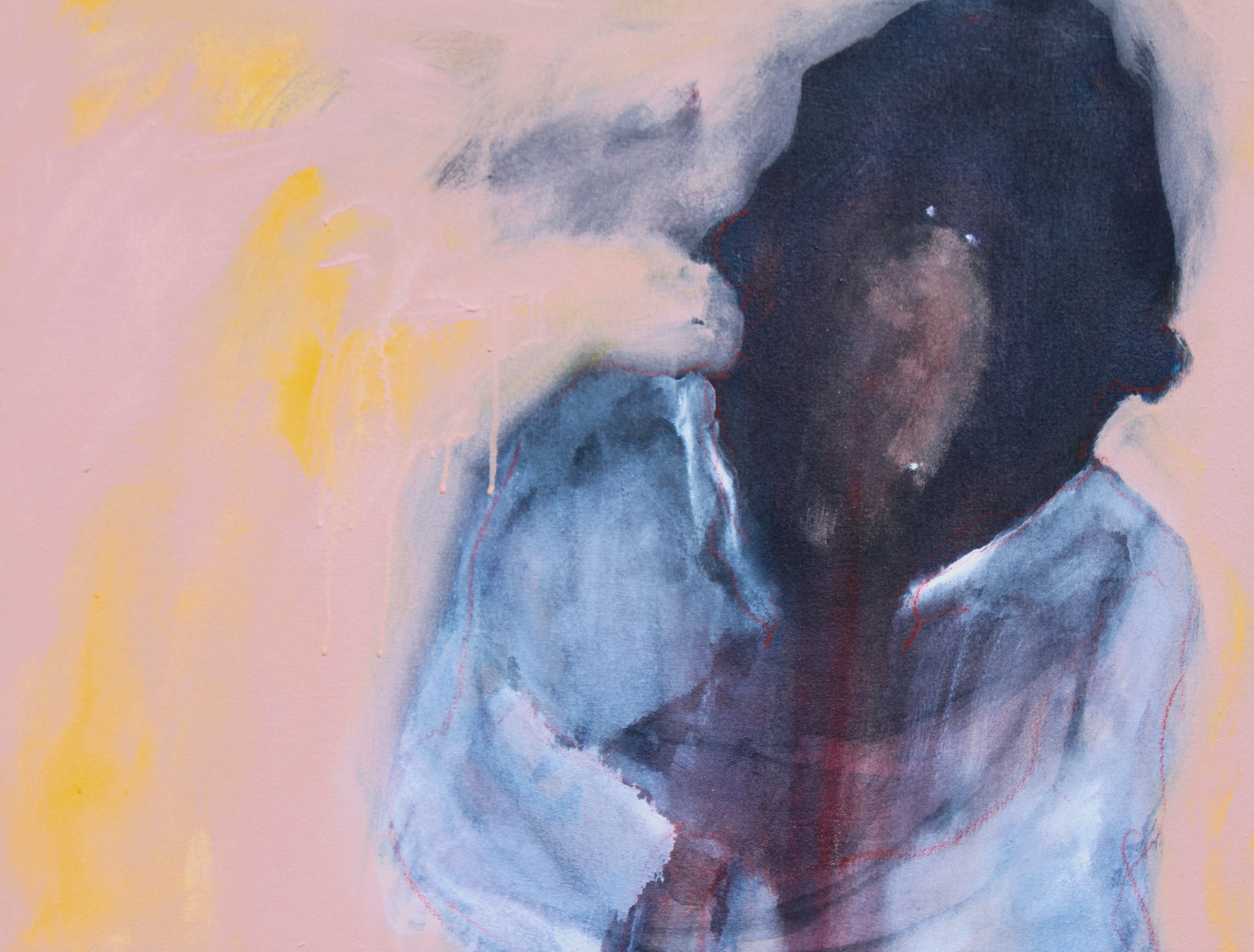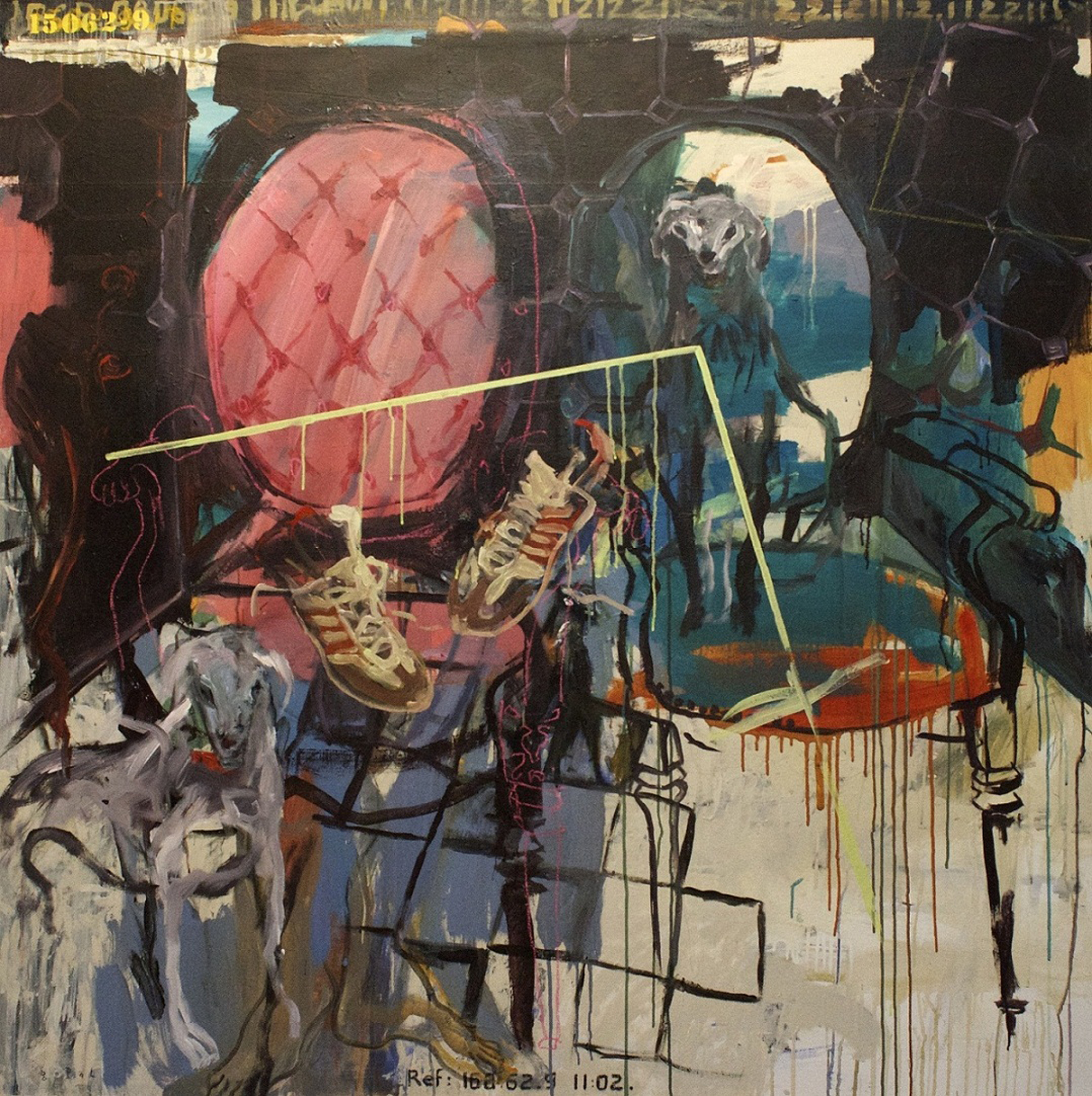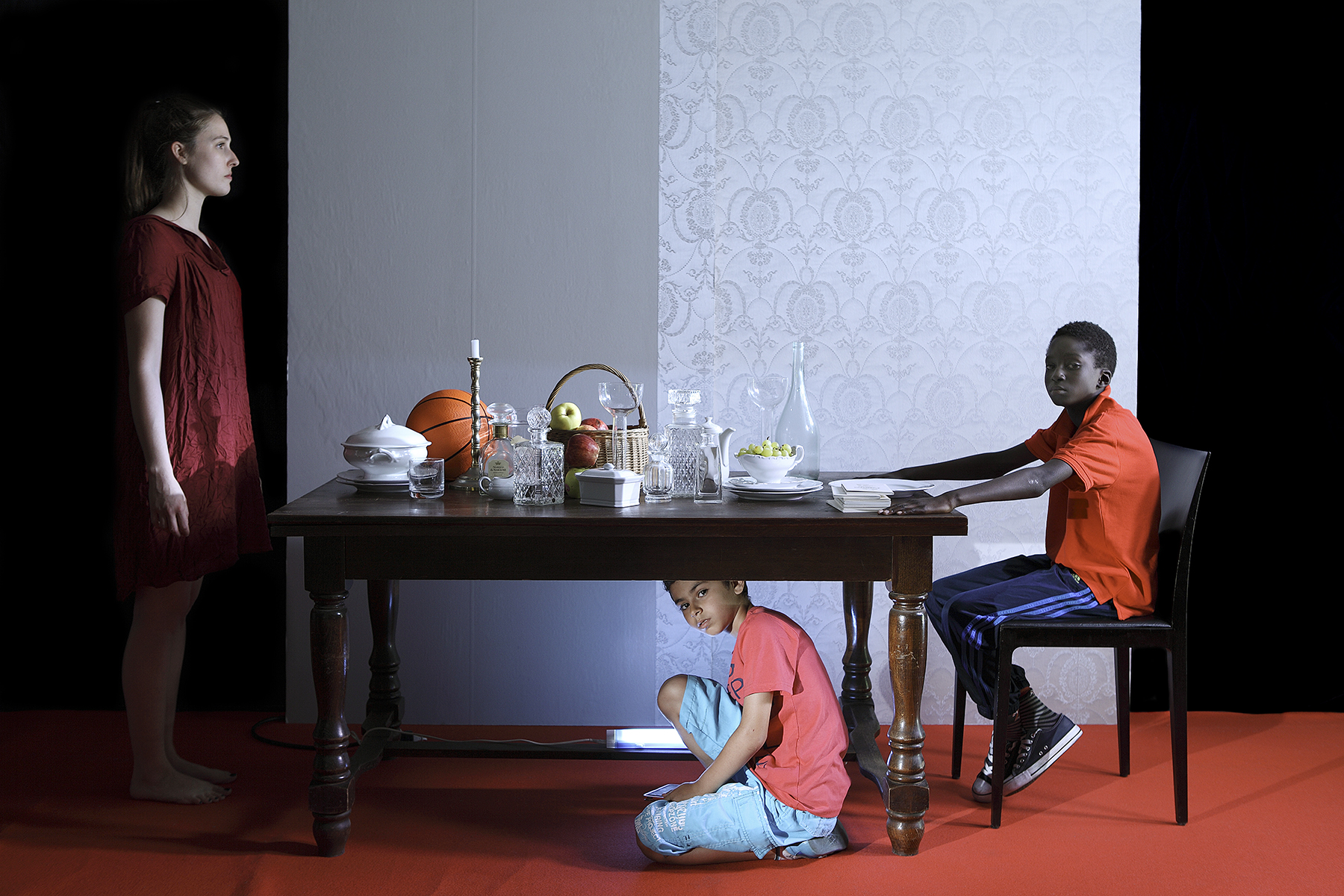As a new exhibition opens at Richard Taittinger Gallery in New York, curator Ugochukwu-Smooth C. Nzewi explores the growing impact of African art on the global stage.
‘Folks can’t seem to come to terms with the fact that African artists have now taken and secured their seat at the dinner table, invited or not!’—Chika Okeke-Agulu
Guess Who’s Coming to Dinner? borrows its title from Sidney Poitier’s 1967’s epic comedy-drama film, a fitting metaphor, in reference to the astute observation of art historian Chika Okeke-Agulu that African artists have indeed mastered the realpolitik of contemporary art and can now be counted as legitimate stakeholders. They have invited themselves to the dinner table of the international mainstream on their own terms. This process of enunciation began in the 1990s, a period characterized by the politics of representation, in response to unfolding globalization and neoliberal multiculturalism. This year marks an important milestone with Nigerian-born Okwui Enwezor’s 56th Venice Biennale, aptly titled All the World’s Futures, showcasing an impressive number of African artists. Guess Who’s Coming to Dinner? celebrates this unfolding development without losing sight of the fact that the growing acceptance of contemporary art by African artists is a work in progress. In this light, the exhibition presents works by Aida Muluneh, Amalia Ramanankirahina, Amina Menia, Beatrice Wanjiku, Chika Modum-Udok, Chike Obeagu, Ephrem Solomon Tegegn, Gopal Dagnogo, Halida Boughriet, Onyeka Ibe, Sam Hopkins and Uche Uzorka. Though plugged into the circuits of the international art world, they are not yet well known in the somewhat insular New York art world.
While the understanding of contemporary art has taken on a capacious nature as an all-inclusive gesture to mirror the multiple temporalities that attend our world today, one observes that the work of a majority of artists from Africa is still read against the grain of how it reflects culture or context-specific values. Hence, Guess Who’s Coming to Dinner? takes this peculiar system of value as its conceptual basis. Although it is arguable that notions such as fetish or primitivism no longer shape the understanding of African art, still much of the expectation is that contemporary artists of Africa should at least convey a sense of the continent. Through the works on display, the exhibition problematizes the burden of ‘Africanness’, understood as cultural aesthetics, which continues to inform the reception of contemporary art by African artists in the Western and international imaginary.
It is important to illuminate that the 12 exhibiting artists do not disavow their connections to Africa, either as a place of birth or a context of immense signification. Their individual works address Africa, but as a vehicle with which they contemplate our changing times. They reflect localized experiences, histories and conditions that intersect with the global, transnational and universal from the artists’ varied positions. The 52 works on view demonstrate the intimate contexts that inspire the artists and the sense of internationalism that attend contemporary artistic practice. Such complex forms of critical engagement are increasingly referred to as global contemporary by art historians and curators alike.
Amina Menia focuses on Algeria’s recent past which is fraught with colonial violence and anti-colonial pushback, marked by war traumas which feed postcolonial anxiety and fear of the unknown and, at the same time, nourish contemporary Algerian nationalism. Her work in the exhibition is a selection from the ongoing photography series entitled Chrysanthemums, which she began in 2009. The photographs capture the commemorative stelae and monuments dedicated to martyrs who laid down their lives in service to Algeria, particularly during the Algerian War of Independence (1954–62). Similarly, Uche Uzorka’s affective ink drawings connect the past and the present. Alien Citizen, Alien Indigene (2014) explores the challenges of nation-building. It takes the bloody civil war of 1966–70, a dark chapter in Nigeria’s history, as its point of departure in addressing more recent examples of bloodletting and violence. His other works, Tear and Wear (No Place Like Home) (2014), One Night’s Crossing of Color and Dream (2014) and Ascension to Space (2015), explore processes of urban street culture and draw attention to the artist’s compelling mixed-media approach that involves painting, collage, cutting and pasting, charcoal and ink drawing.
Guess Who’s Coming to Dinner runs 16 July – 23 August at Richard Taittinger.












